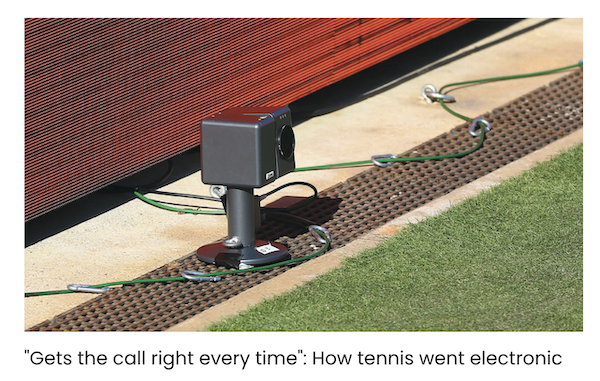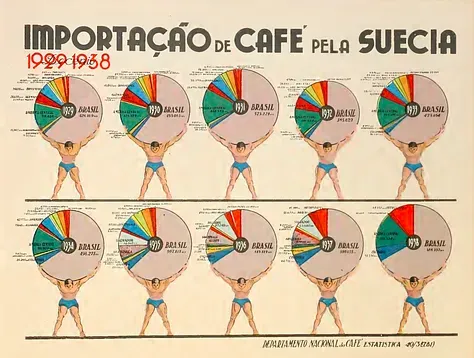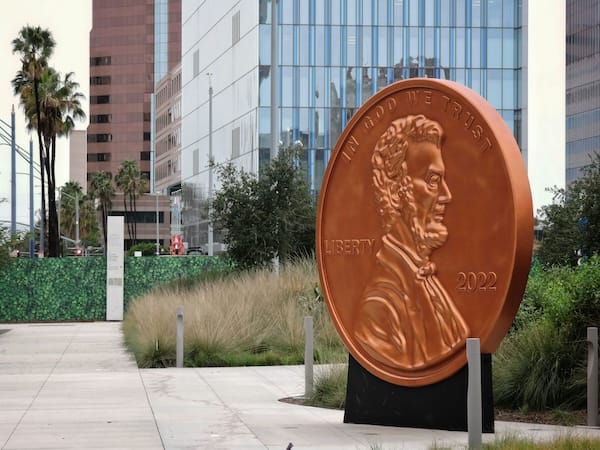Electronic line calling vs ground truth in tennis
Electronic line calling vs ground truth in tennis

The American commentators at the French Open have been making a fuss over the tournament's decision to favor human line judges over electronic line calling. Their whining centers on two arguments:
- Certain cases in which the electronic call differed from the umpire's decision, for which they claim one of the player was robbed of a point
- The process of letting players dispute close calls wastes too much time

These commentators treat computers as infallible. The attitude is apparent when they say things like "The umpire ruled the ball in even though Hawkeye [a brand name of such technology] says it's out by 4 cm."
Here, we have two sources of opinion about where the ball landed. Hawkeye issues its opinion, based on collating video images, and some modeling. The umpire's opinion comes primarily from the evidence on the ground (on a clay court, the ball leaves a mark on the ground), aided by the prior call of the line judge. In the view of these commentators, when the two opinions differ, the computer wins.
In effect, the computer animation is taken as ground truth against which the umpire's calls are evaluated. The computer animation is never wrong. So, it's not the evidence that favors the computer, but a presumption of its superiority.
And yet, on a clay court, the truth is literally on the ground. The ball leaves a mark on striking the surface. Before the computer age, a player can dispute a close call, the umpire will inspect the mark, and confirm or overturn the line judge's call. I don't see any problems with this arrangement. In fact, it uses the best evidence available - the ground truth.
Instead of the actual evidence, the commentators prefer a "modeled" truth - the abstract reconstruction of the ball's landing, and when they chastise the umpire for making the wrong call, they effectively invalidate the ground truth.
What about the time saving argument? The current practice of the umpire inspecting the ground truth takes little time, almost always less than a minute. It may take a little longer if the player makes a scene, even though no umpire is going to take the player's words over their own eyes.
It's not that computer technology doesn't take time. It would have taken a similar amount of time to watch the animated video of the ball hitting the ground. The reason why electronic calls save time is because electronic line judges are designated as dictators - players are disallowed from contesting any call.
The time saving comes not from checking the call but from banning challenges! No player can make a scene since no challenges are allowed.
But, they could have achieved the same result by making line judges dictators. Or, if they want to allow the ground truth to be inspected, then make the umpires dictators. The umpire can be called to inspect the marks, but his/her decision is final, and any player making a scene would get a demerit. That would move the game along, as these commentators seem to want.
See my previous post about the illusion of perfection in automated line calling.



